新人教版高中英语必修2Unit 3 The Internet-Reading For Writing教案一
-
- 页数:4页
- 字数:约 5918 字
- 大小:109.90KB
- 格式:.docx
- 版本:Office2016及以上版本
- 作者:陈杰出品
Unit 3 The Internet-ReadingFor Writing教学设计
This sectiondesigns a combination of reading and writing activities, the theme is"writing blog post". When we surf the Internet, we often dont knowwho the other person is. We may be cheated or attacked personally. When weclick the website link, the virus may take the opportunity to invade anddestroy our computer and the important information stored in it. These injuriesor losses, no matter how big or small, no matter how long or how long, areunpleasant experiences and should be avoided as much as possible. Learning howto surf the Internet safely is a necessary skill for every netizen, especiallyfor the inexperienced teenagers.

The text is a blogarticle. The author puts forward three suggestions for safe access to theInternet. The main idea is clear; the structure is complete and concise. Blogarticles usually have two sections --- one is the blog section, where theauthor posts the blog on the Internet; the other is the comment section, wherereaders and readers, authors and readers communicate with each other. The blogarea is the main part. In the first paragraph, the author puts forward thequestions to be discussed, shows his identity, and states that it is not theopinions of authoritative experts, but personal experience. The author uses afrank attitude to create an atmosphere of communication with readers likefriends. The second paragraph is the authors three suggestions, using thefirst of all second and third to connect, and reading in a coherent way, withstrong coherence. The three key points are expressed in imperative sentencepattern, which is closely followed by the cohesive words. They are clear andeasy to read. In this paper, the author introduces three kinds of commonnetwork misdeeds: identity theft, roll and cyber bully. In the comment area,two netizens added specific cases of troll and cyber bully, which correspondedto the content of the article.
1. Get students tohave a good understanding of some features about a blog post by reading thetext.
2. Study the organization and languagefeatures.
3. Developstudents’ writing and cooperating abilities.
4. Strengthenstudents’ great interest in writing discourses.
1. Stimulate studentsto have a good understanding of how to write a blog post.
2. Cultivate students to write a blog postproperly and concisely.
Step 1: Skimming
1.What’s the main purpose of the blog post?
It is to tell the readers how to stay safe online and avoid badexperiences on the Internet.
2. What’s Paragraph 2 mainly about?
Three suggestions given by the blogger on how to surf the Internet moresafely.
Step 2: Scanning
1. What tips did the blogger put forward?
• First of all,keep out of the sites that make you uneasy.
• Second, protectyour privacy. Third, be polite to other cyber citizens/netizens.
2. Who are the online troublemakers the blog post mentions?
• A troll orcyberbully.
3.What does the following termsmean?
• A troll
• A cyberbully
• A troll is aperson who posts comments or questions in order to stir up trouble online.
• A cyberbullyuses the Internet to be mean to others.
• Like a troll, acyberbully will also write something mean but it is usually directed atparticular people.
Step 3: Studythe organization and language features.
Read the blog againand find these parts.
1. What is thetopic of the blog?
A 1.________—how do you 2. ____ safe online and avoid bad 3. __________ on theInternet?
1.question 2. Stay 3.experiences
2. What are thespecific advice to stay safe online?
First, followthe 4. ______ rule: leave the site 5. ___________ when you see or readsomething 6. _____________. Second, protect your 7. _______.
Third, be 8. _____.
4. Golden 5.immediately 6.uncomfortable 7.privacy 8.polite
3.鼓励网友留言
Any bad experiences online? Or some good 9. ______? Post your 10. _________ below!
9.advice 10.comments
Step 4: Use what you have learnt to write a blog post.
【写作指导】
【文体剖析】
网络博客文体是包含了网友评论、相关新闻链接在内的一种新兴的新闻文体。它通常就某一问题发表自己的观点, 体现了个性化的交流。文章通常以陈述句居多, 也较多地采用疑问句和感叹句, 用来表达强烈的情感。
【话题词汇】
①blog about a question就某一问题写博客
②stay safe online在网上保持安全
③bad experiences on the Internet好的上网经历
④golden rule 黄金法则
⑤post comments 帖子评论
⑥click on 点击
⑦identity theft 身份盗窃
⑧chat room 聊天室
⑨draft your blog post 起草博客帖子
⑩post embarrassing photos 张贴尴尬照片
【话题句式】
1. How do you stay safe online and avoid bad experiences on the Internet?
你如何在网上保持安全, 避免在网上的不良经历?
2. I’m not an expert, but many years as a blogger have taught me a thingor two.
我不是专家, 但作为一个博主, 我已经学了好几年了。
3. If you see or read something that makes you feel uncomfortable, leavethe site immediately.
如果你看到或读到一些让你觉得不舒服的东西, 立即离开这个网站。
4. Don’t give out your address or phone number.
别告诉别人你的地址或电话号码。
5. Identity theft is a common and serious problem.
身份盗窃是一个常见而严重的问题。
收藏模板
会员免费下载
您可能喜欢的文档
查看更多
新人教版高中英语必修2Unit 2 Wildlife Protection-Reading For Writing教案一
- 页数:5页
- |大小:207.85KB
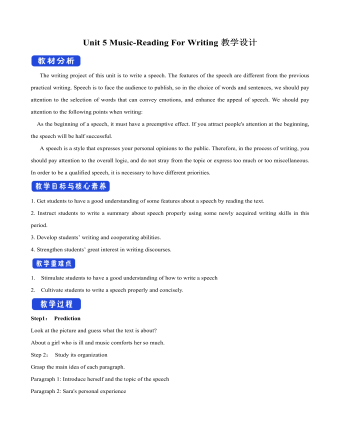
新人教版高中英语必修2Unit 5 Music-Reading For Writing教案一
- 页数:4页
- |大小:91.12KB

新人教版高中英语必修2Unit 3 The Internet-Reading for Writing教案二
- 页数:5页
- |大小:226.78KB

新人教版高中英语必修1Unit 3 Sports and Fitness-Reading for Writing教案
- 页数:3页
- |大小:32.97KB

新人教版高中英语必修2Unit 2 Wildlife Protection-Reading for Writing教案二
- 页数:5页
- |大小:579.58KB

新人教版高中英语必修1Unit 2 Travelling Around-Reading for Writing教案
- 页数:3页
- |大小:35.77KB
热门课件教案
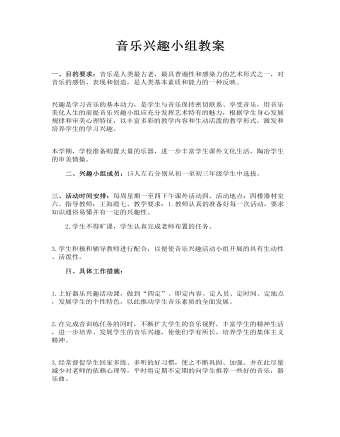
音乐兴趣小组教案
- 页数:5页
- |大小:89.58KB
- 课件教案
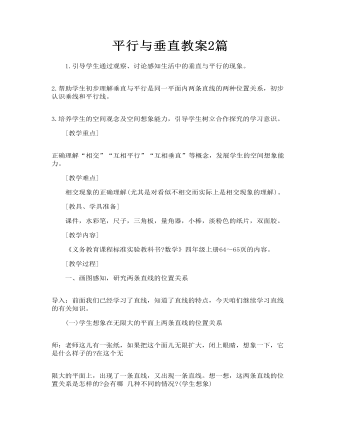
平行与垂直教案2篇
- 页数:9页
- |大小:101.04KB
- 课件教案
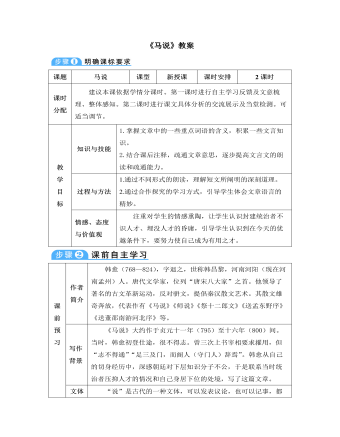
部编版语文八年级下册《马说》教案
- 页数:8页
- |大小:367.50KB
- 课件教案
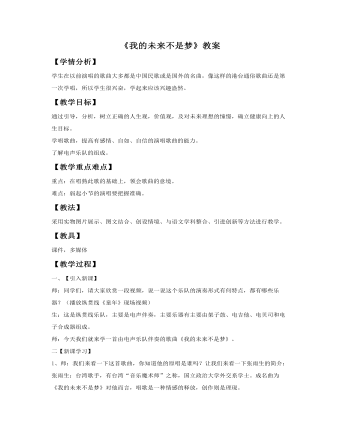
《我的未来不是梦》教案
- 页数:3页
- |大小:30.50KB
- 课件教案

精选高中生期末评语
- 页数:42页
- |大小:7M
- 课件教案
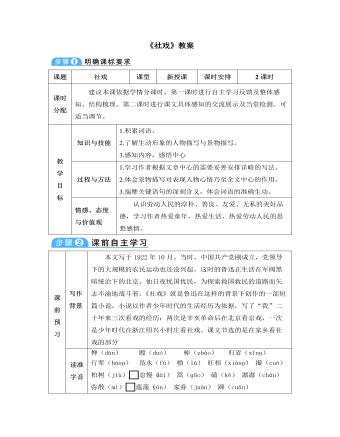
部编版语文八年级下册《社戏》教案
- 页数:8页
- |大小:340.00KB
- 课件教案
今日更新

精选高中生期末评语
- 页数:42页
- |大小:7M

××县招商局2024年上半年工作总结
- 页数:12页
- |大小:142.54KB

“四零”承诺服务创建工作总结
- 页数:5页
- |大小:39.83KB
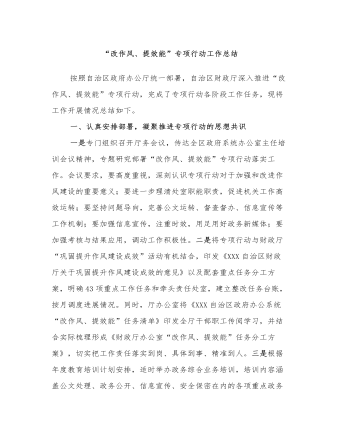
“改作风、提效能”专项行动工作总结
- 页数:6页
- |大小:139.05KB
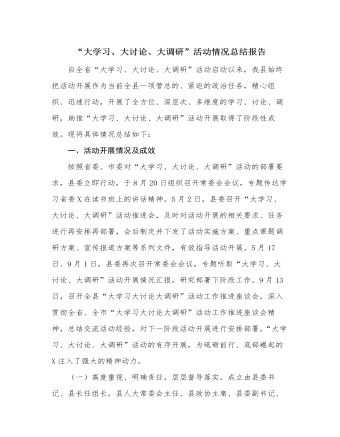
“大学习、大讨论、大调研”活动情况总结报告
- 页数:7页
- |大小:26.12KB
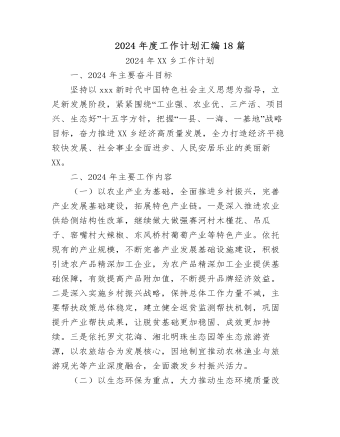
2024年度工作计划汇编(18篇)
- 页数:72页
- |大小:196.93KB
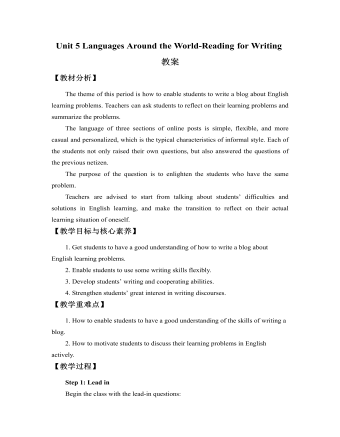






 微信支付
微信支付  支付宝支付
支付宝支付 